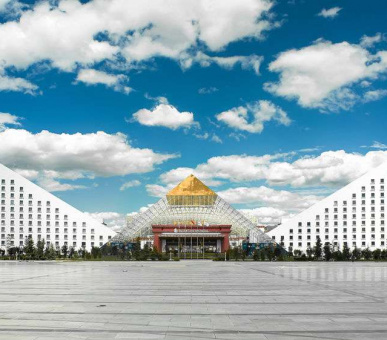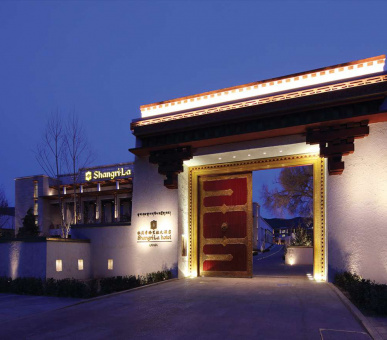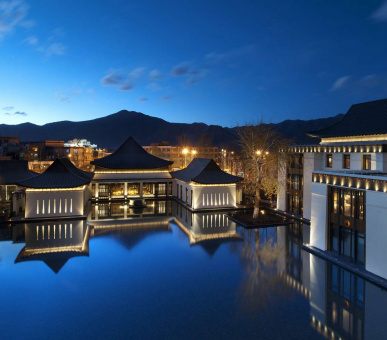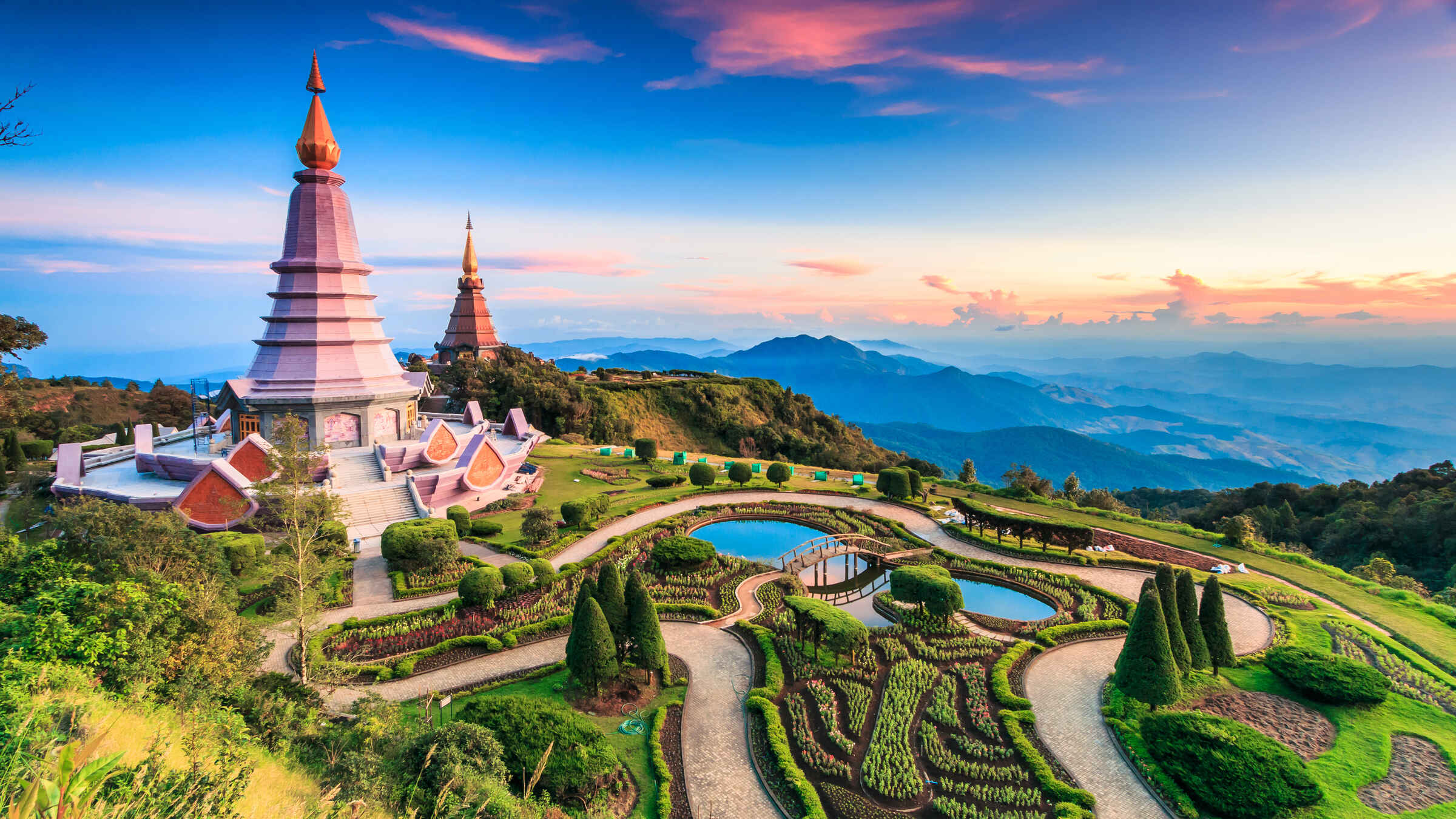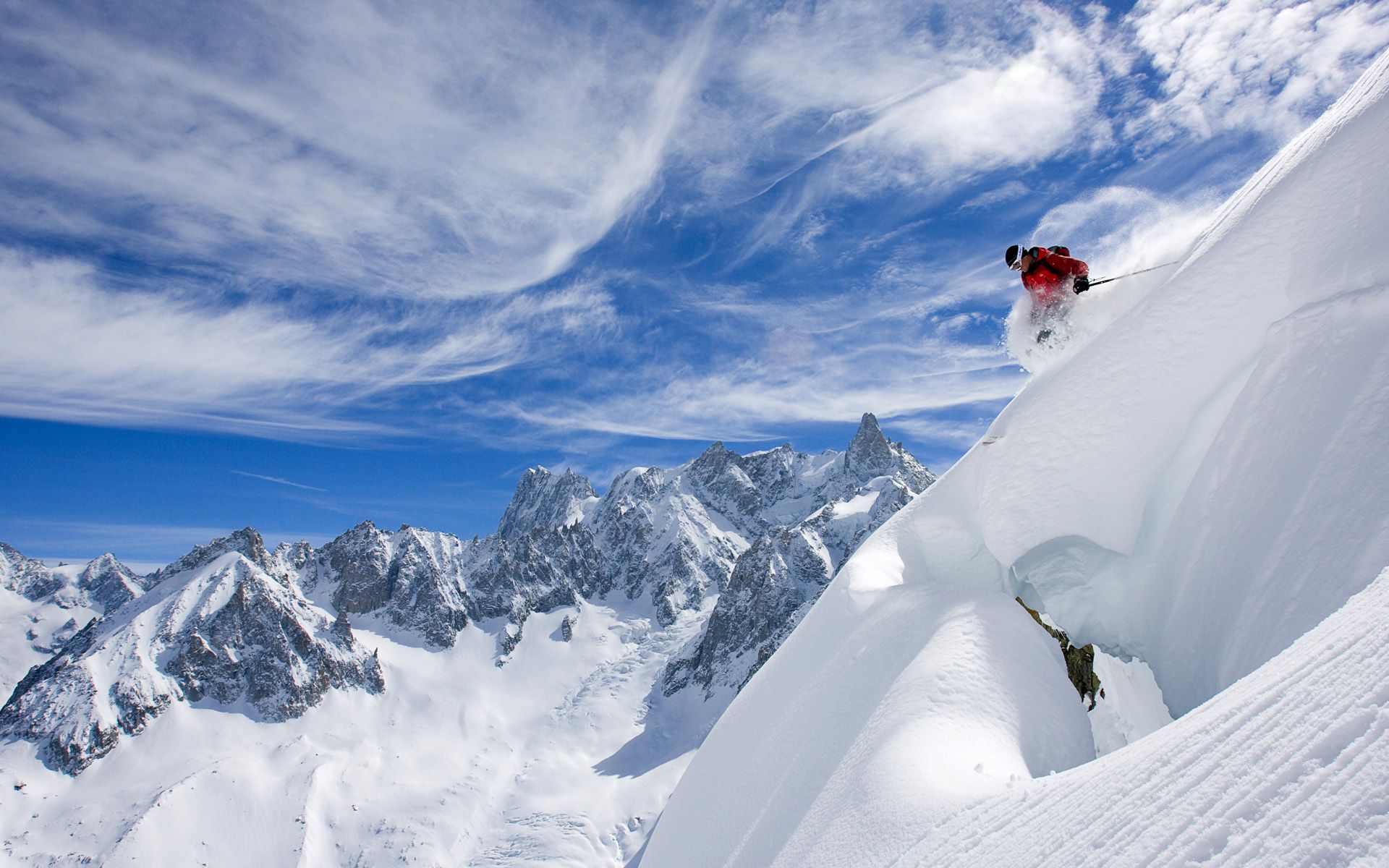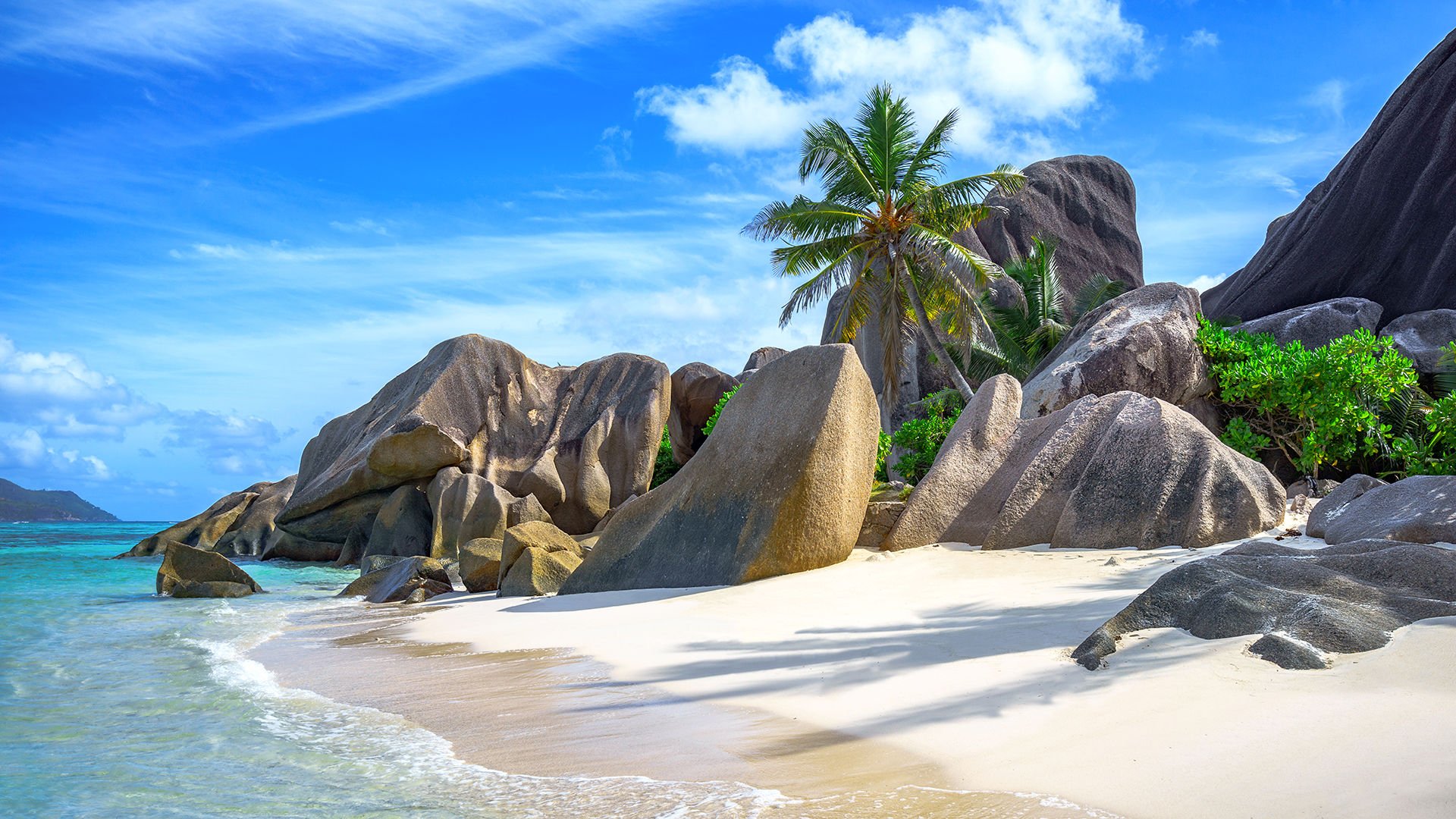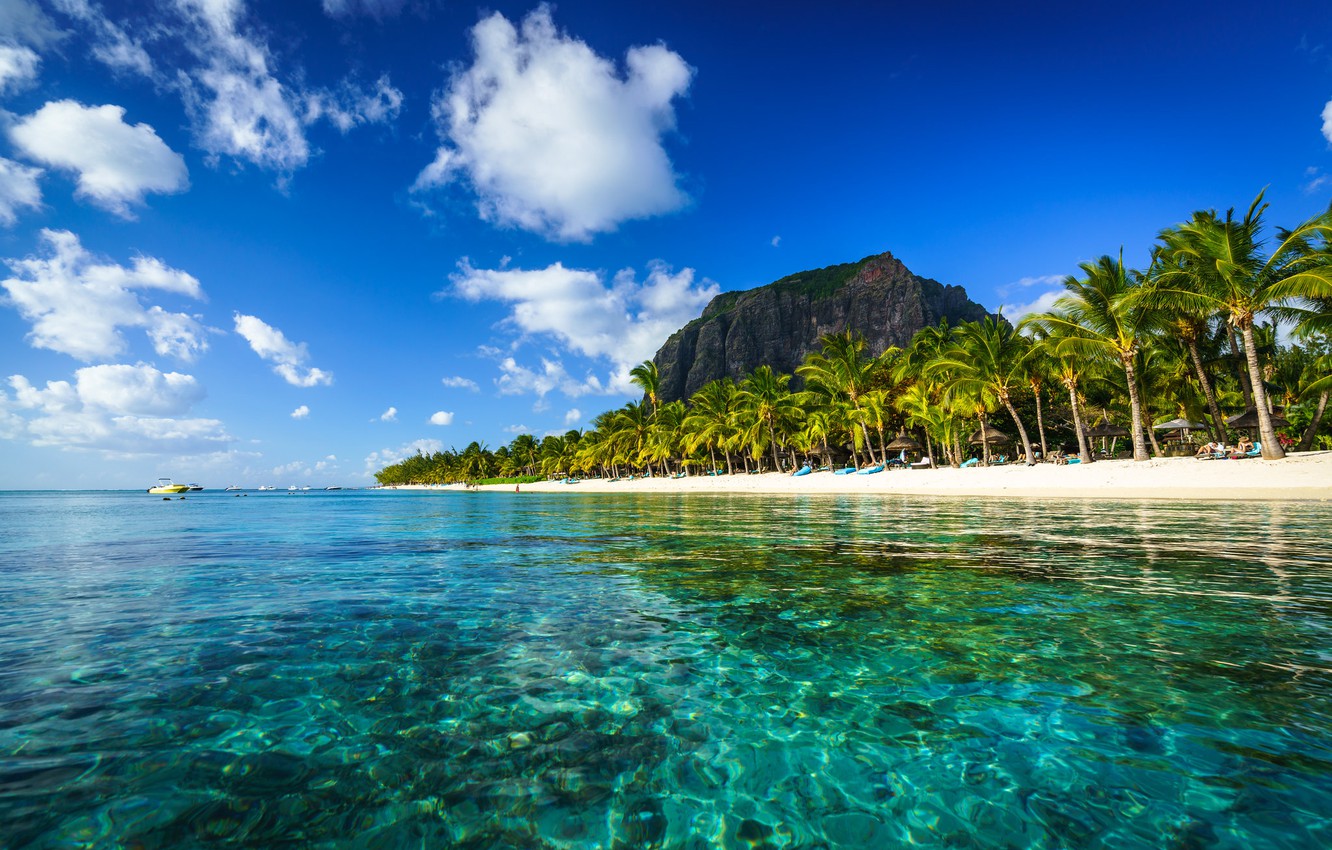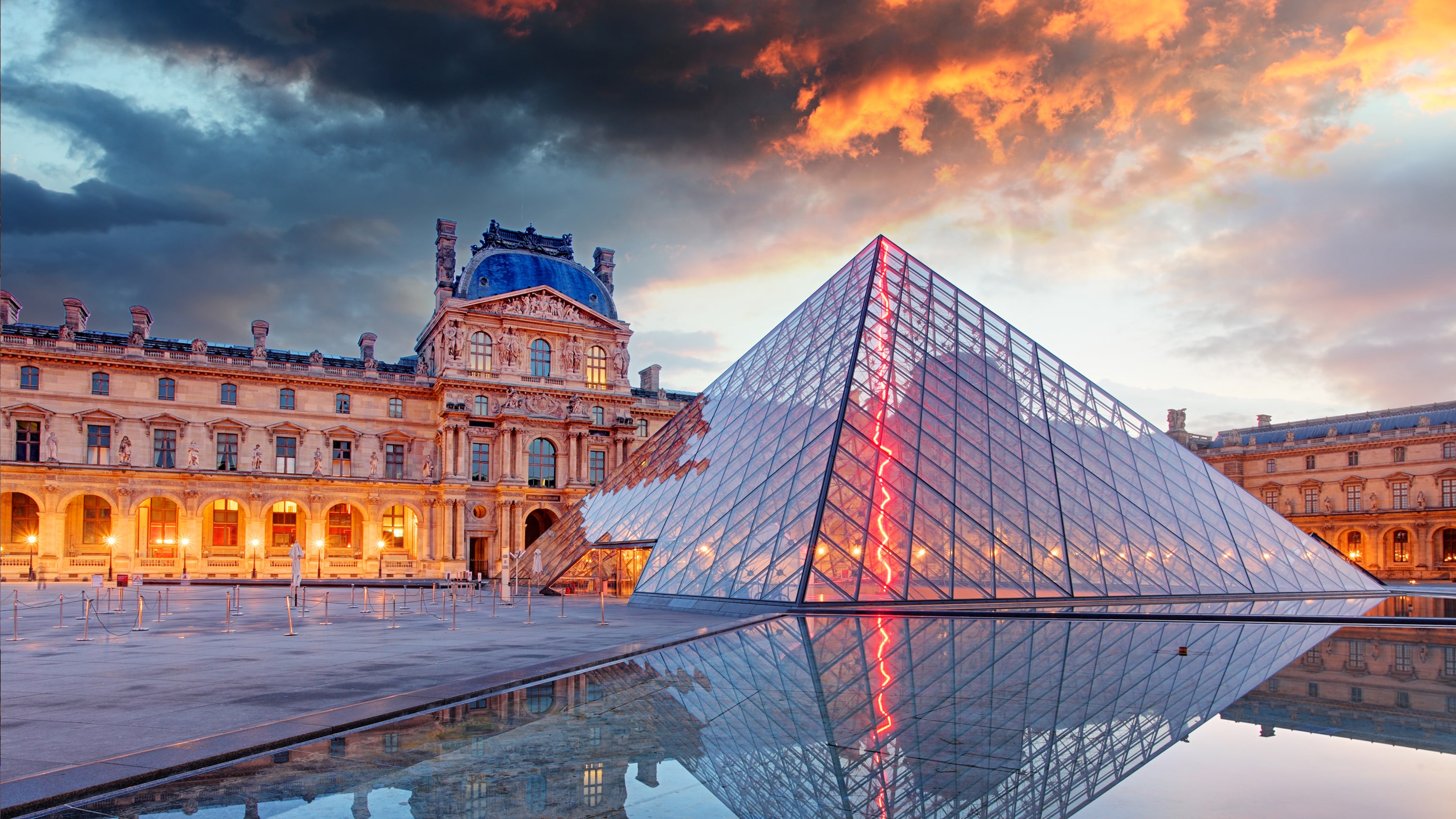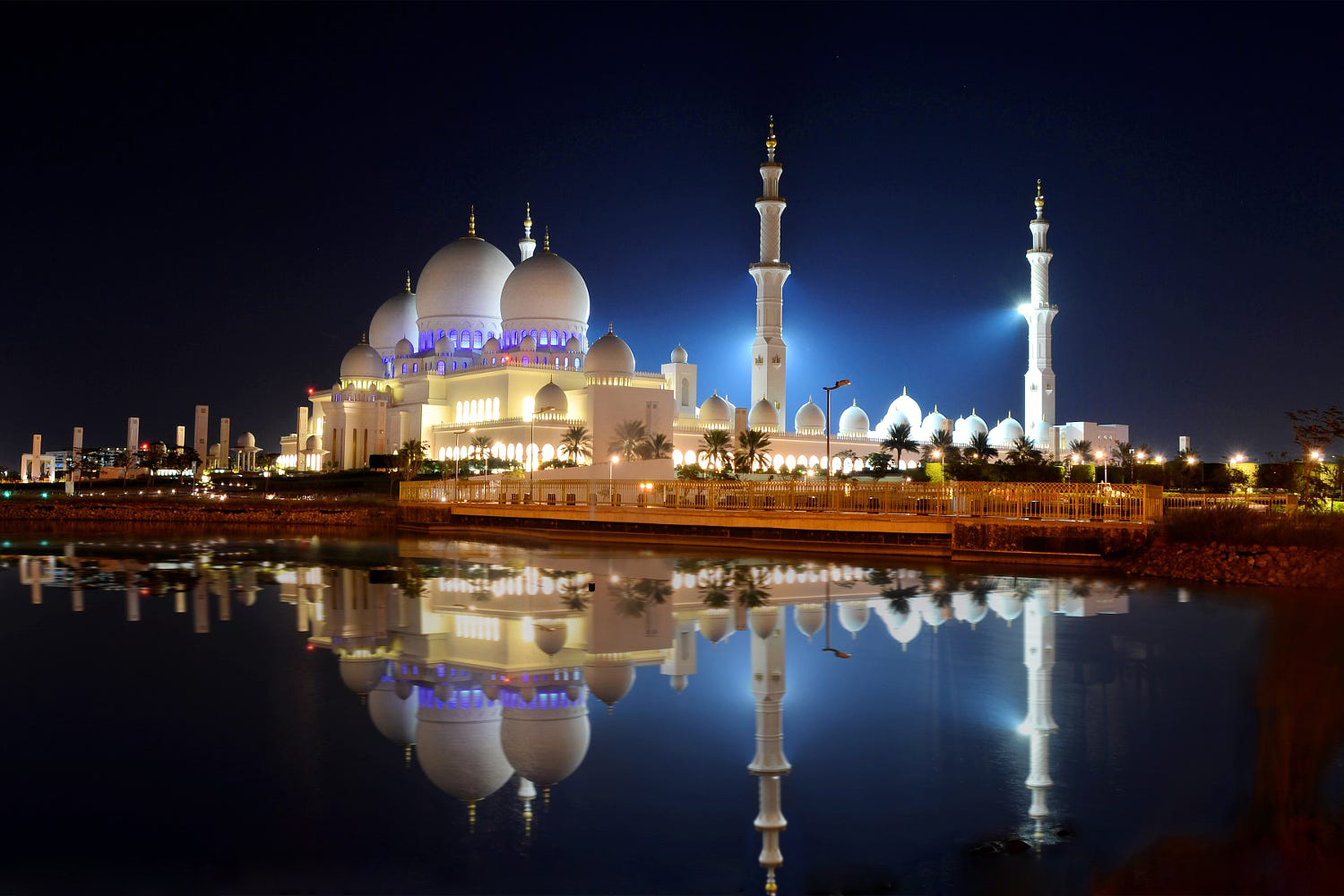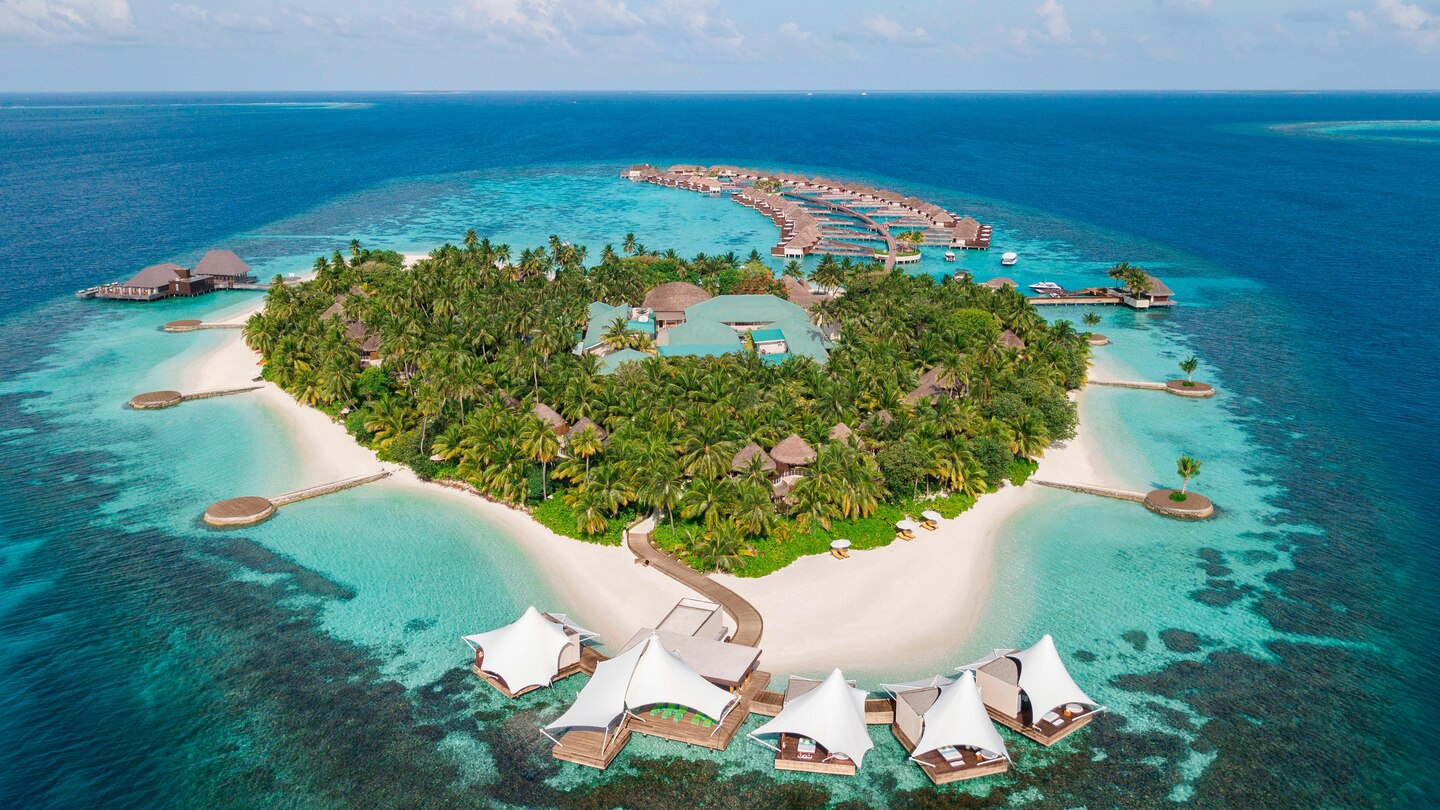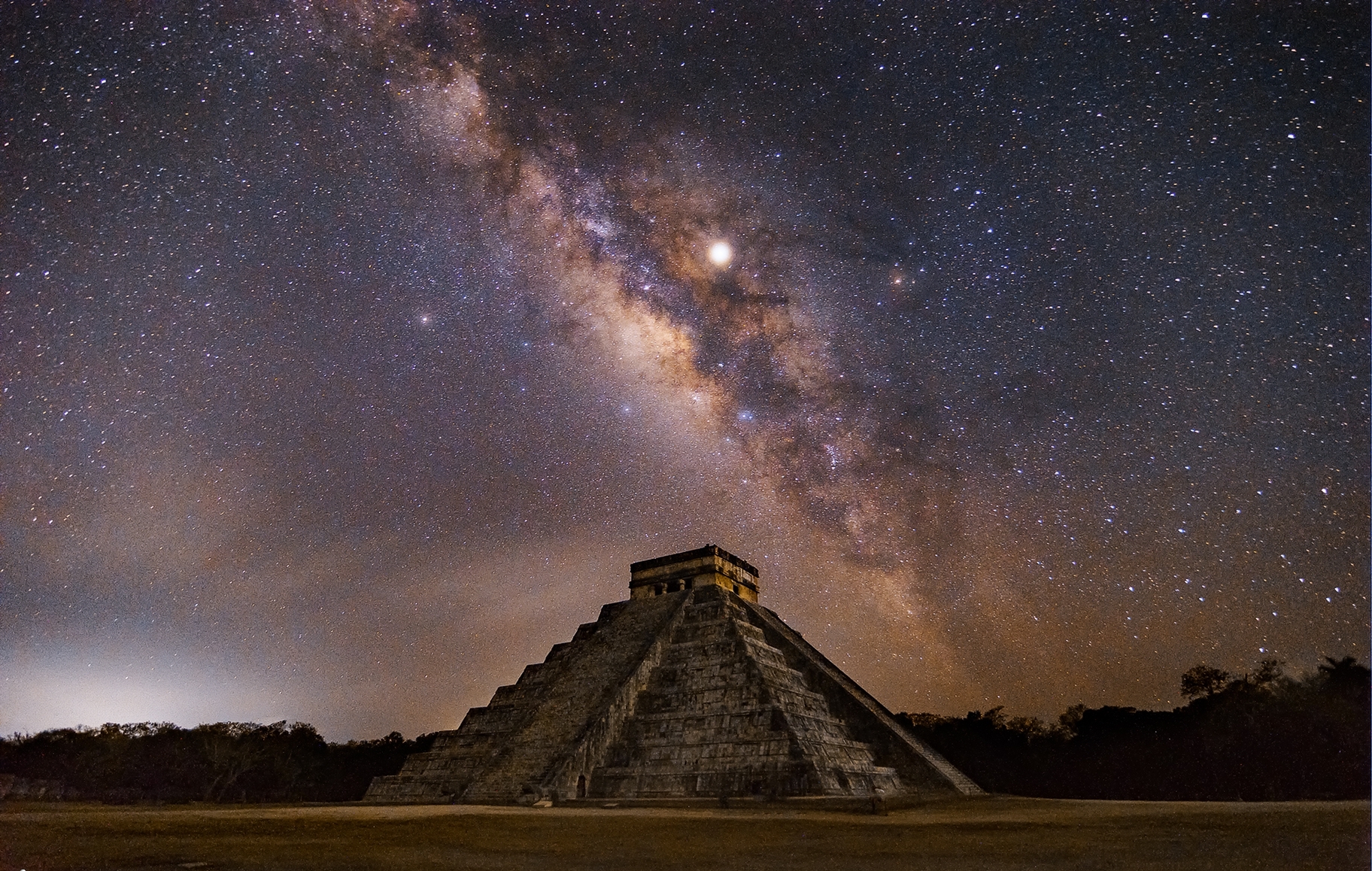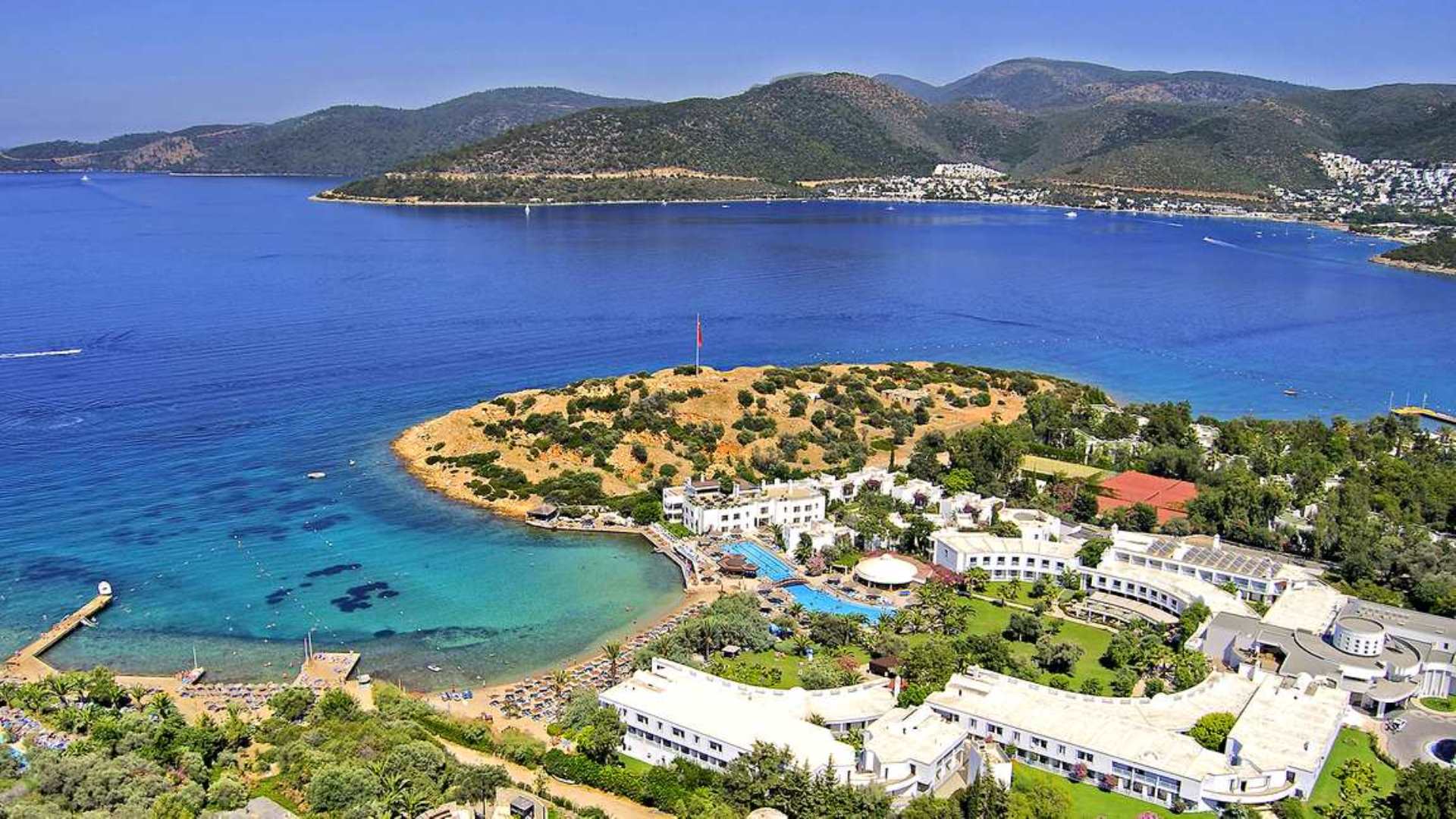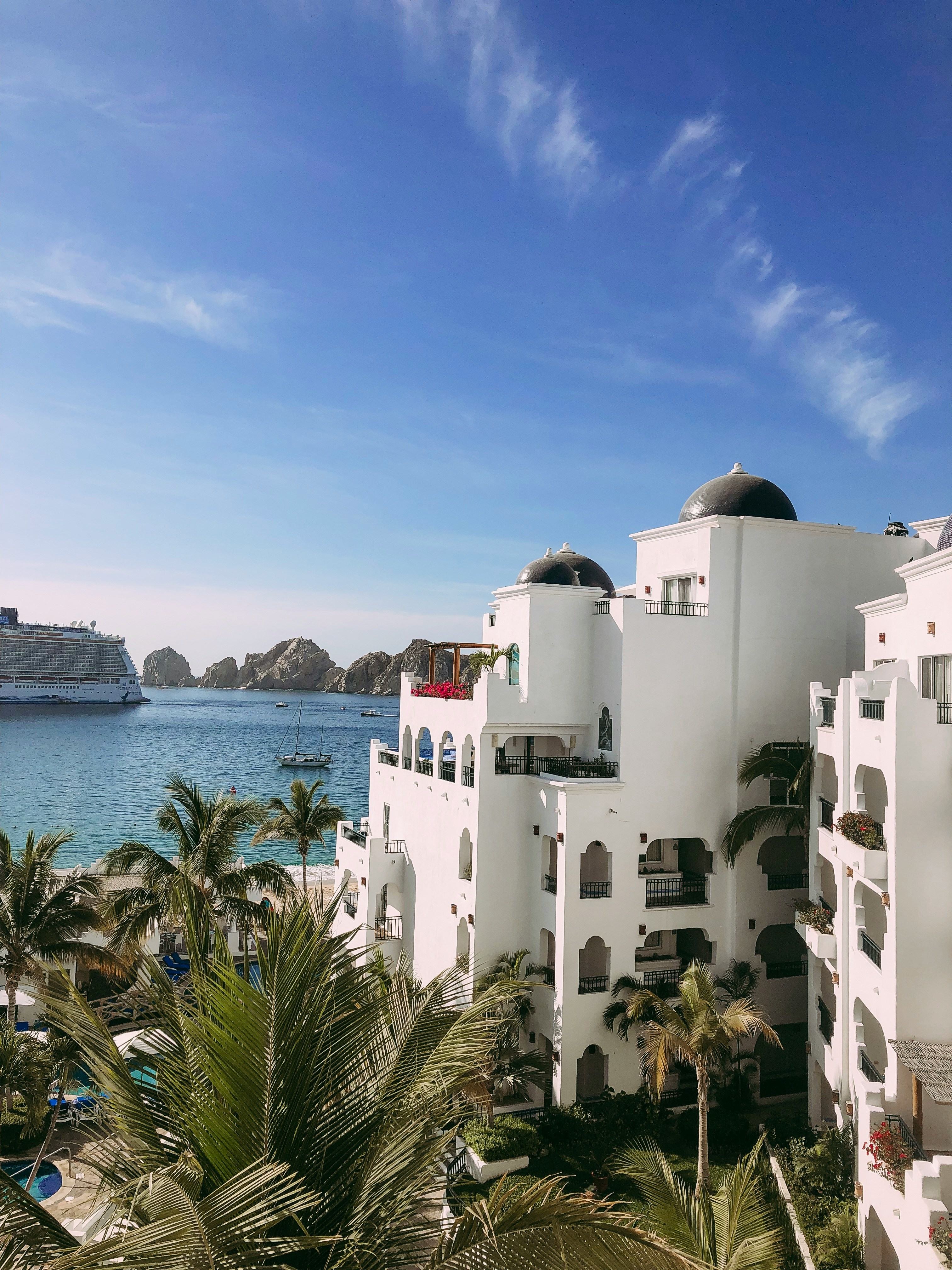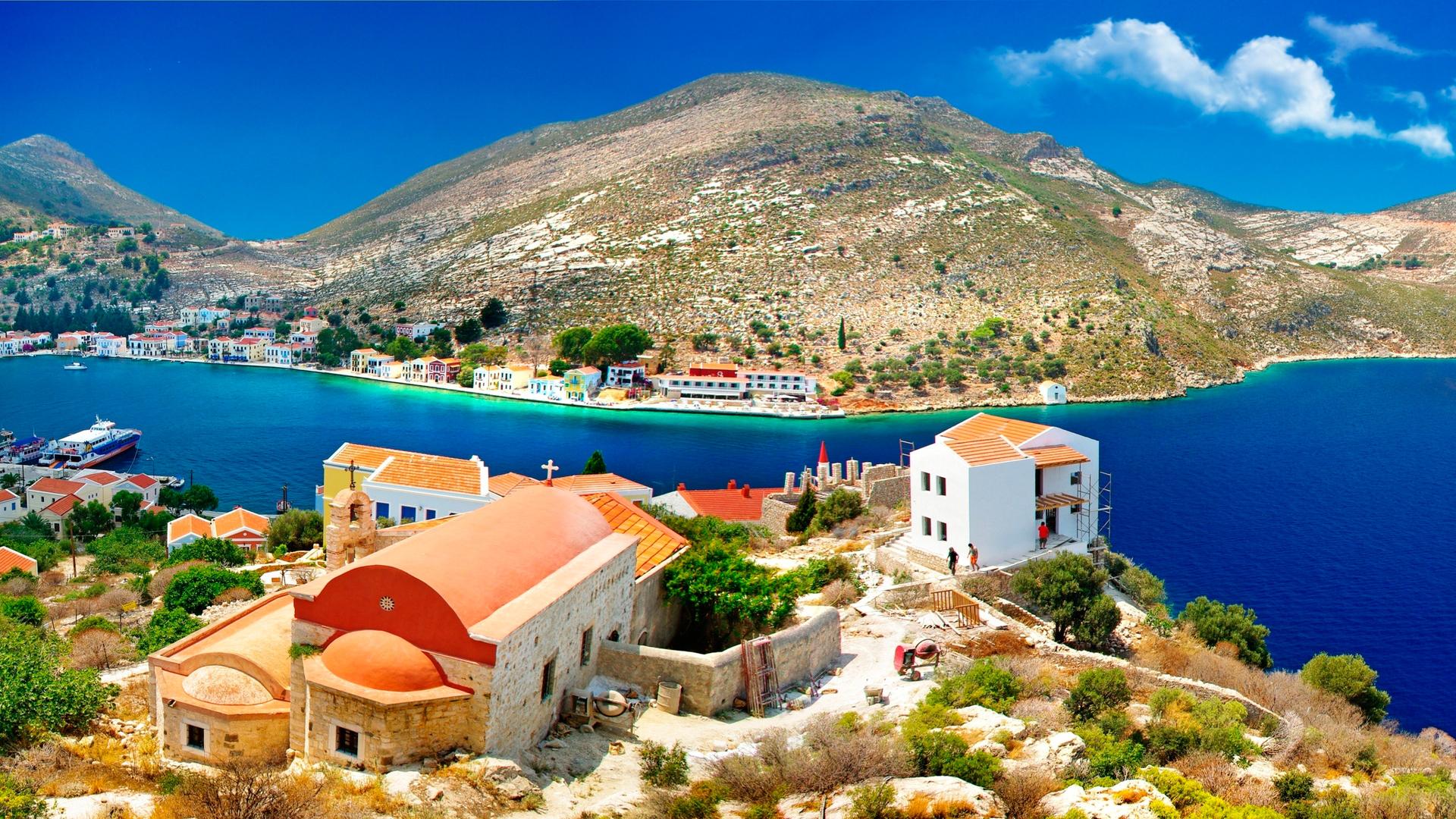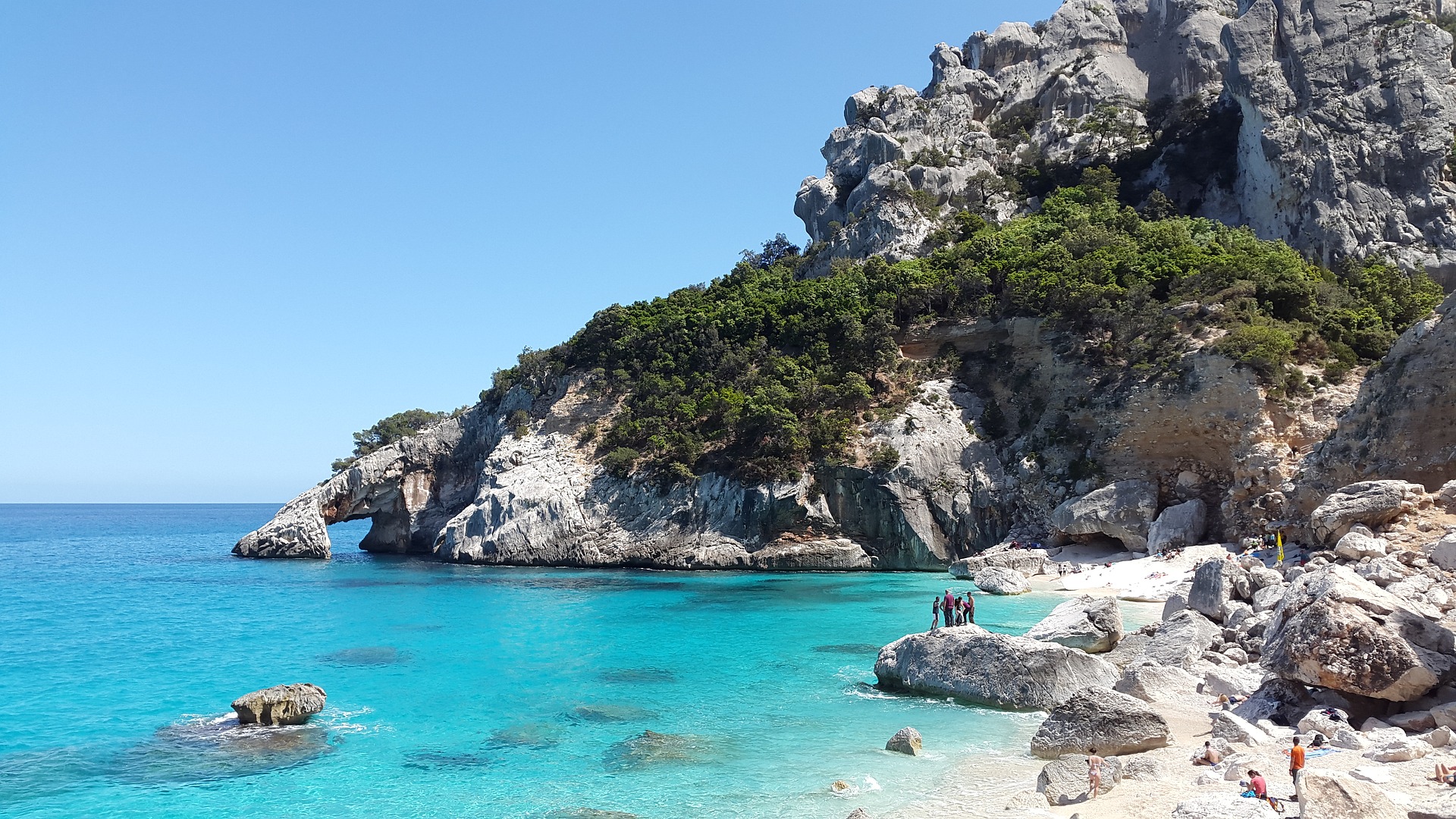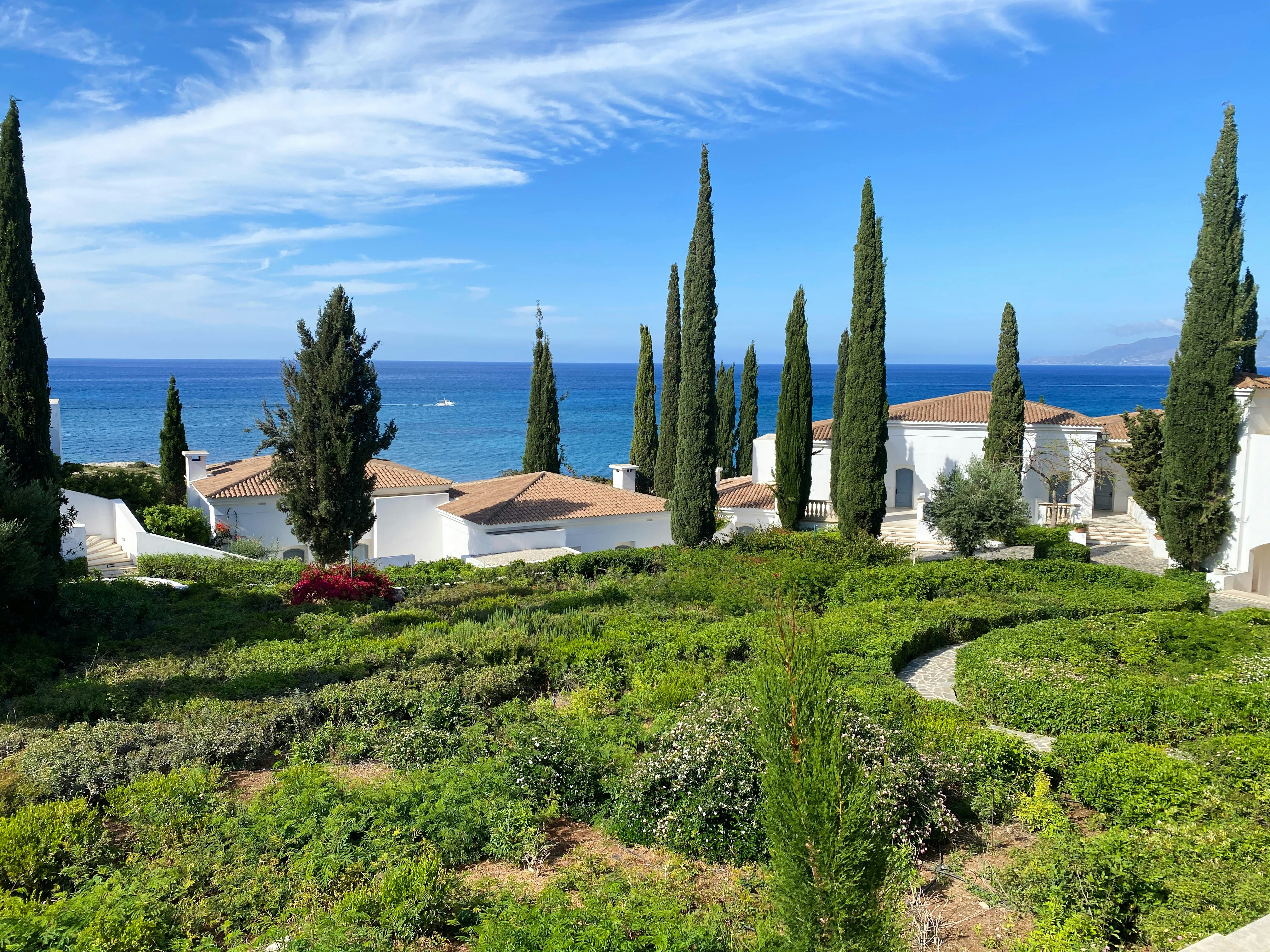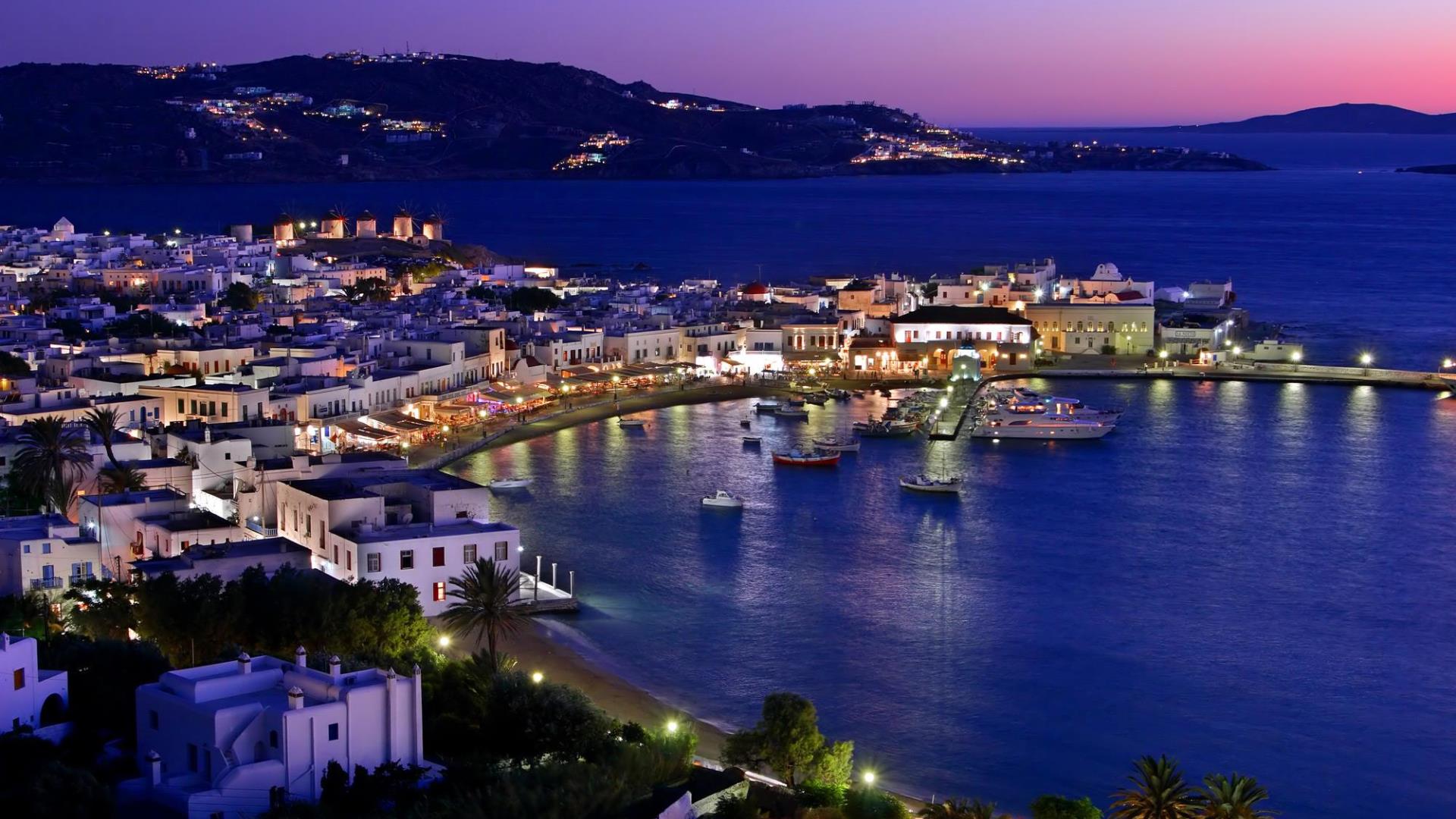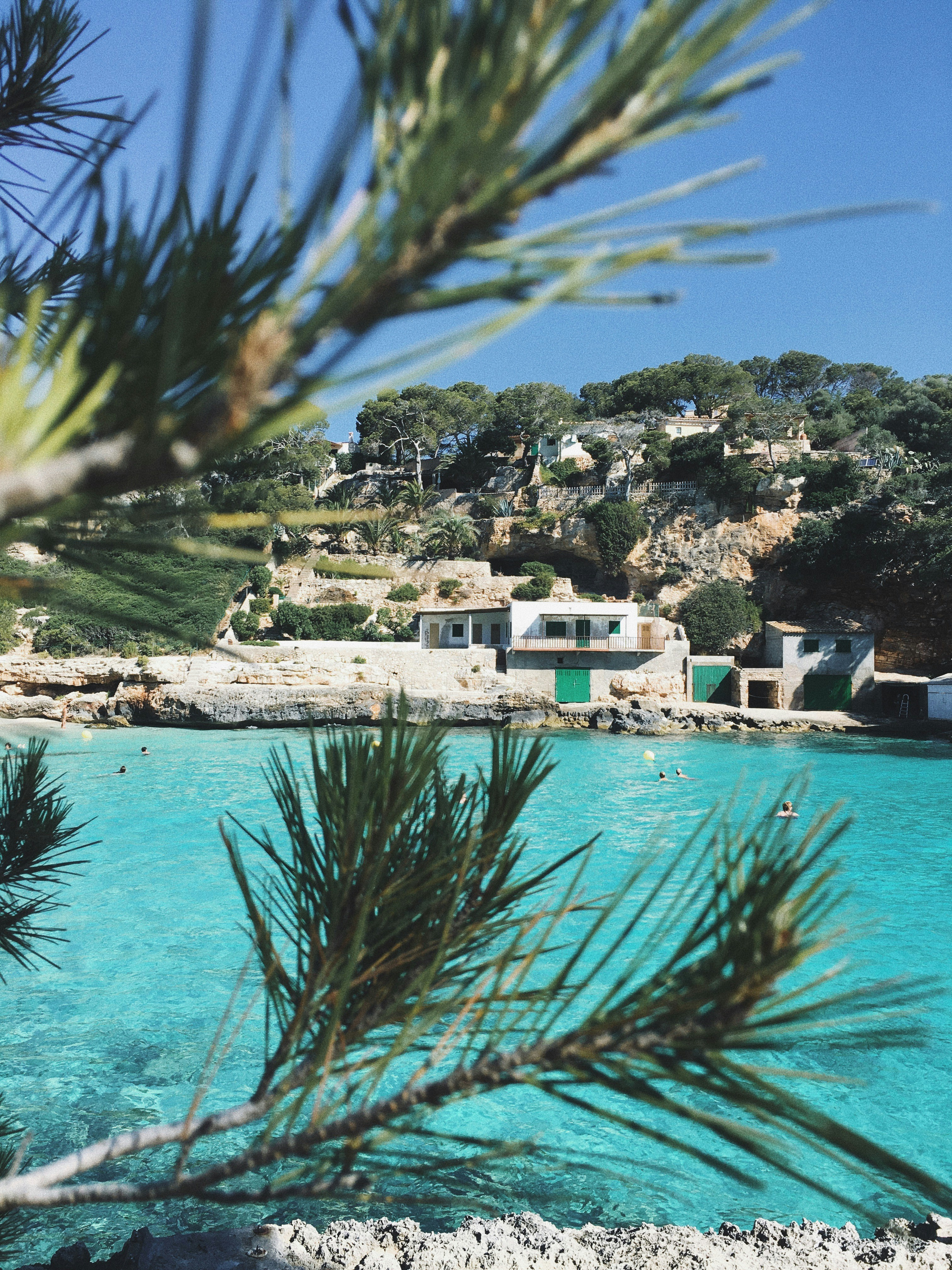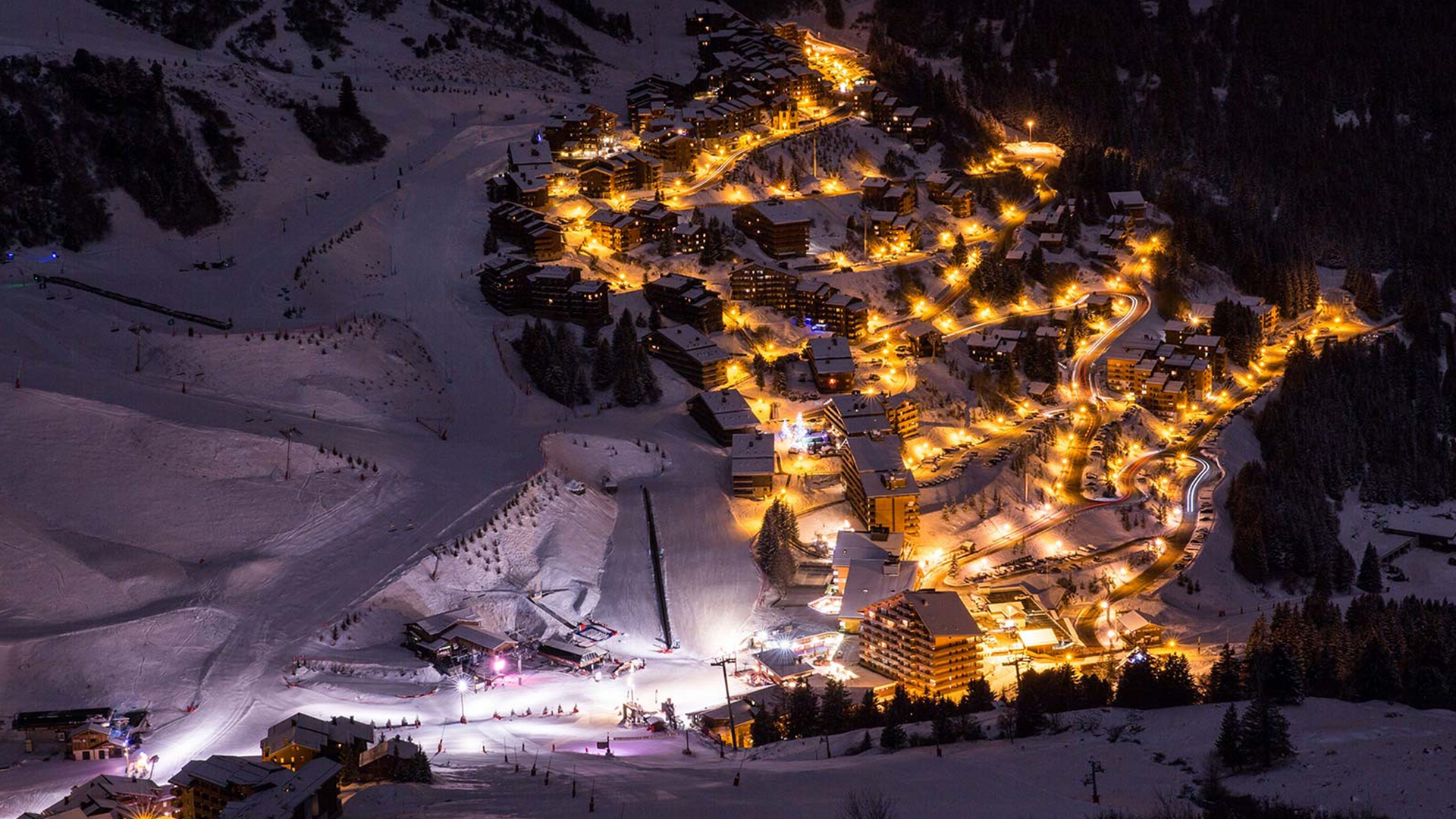Holidays in Lhas






Lhasa - Tybet administrative centre, meaning " holy place " . Started in the seventh century. The world is famous for the Lhasa monasteries. You can get from town to other areas of Tibet. Lhasa is linked to airlines with Beijing, Chandu, Chuncin, Sihanem and Kathmandu (Nepal).
References to Lhasa, as an administrative centre has evolved into the sixth century. In 7, King Sronzsen Gampo officially transferred to Lhasa the capital of Tibet and puts the palace where Potal subsequently appeared.
At the same time, Jokhang and Ramoche temples are being built, where Buddhist relics brought by the wives of Sronzin Gampo are being housed. These temples are now popular objects of religious worship.
Lhasa subsequently lost her capital status, and only in the 1642nd year, at the direction of the Fifth Dalai Lama returned it, and keeps it to date. The Fifth Dalai Lama has done a lot for the city, as evidenced by the current Lhasa identity that has been maintained since then. At the palace of Sronzsen Gampo, Dalai Lama is building a new palace, which, with time to time and inspiration, takes the shape of the modern palace of Potal.
The Lhasa population now has about 170,000. In town, it's not hard to point, it's basically divided into the Western (Chinese) and Eastern (Tibet) parts.
Lhasa's sight:
The Palace of Potal. An imaginary imagination of a non-terrestrial building. The 18 floors of a three-base palace at 80 metres high were built in the VII-century, in the catalogue of world cultural heritage. In old Tibet, he was the center of Tibetan Buddhism and the winter residence of the Dale Lam. From the White and Red Palaces. In the Red Palace, the chapel, the meditation halls, the Dale Lam scleps. The richest is the scapegoat of the 5th Dalai Lama. He's stolen four tons of gold, diamonds, bruises, corals and pearls.
Temple Jokhang armed in 647 Translation means the Shakyamuni temple. I'm married to an insulated dharma wheel. Here is the famous statue of the goddess Baldon Lhamo, sitting on the mule and drinking from the skull. The golden roofs provide four main premises: Golden Buddha Jobo, Avalokiteswara, Mitreya and King Sngcent Gampo.
Sir's Monastery was built in 1419. His color is red and white. ♪
Translation means "Shiphonic." The three-stage buildings of the traditional Tibetan architecture are fenced with a low wall. During the blossom, it had 5,000 monks, currently 300.Drepung Monasterybuilt in 1416 is the largest in the world. Translation means a bunch of rice. It represents a closed town with numerous nuns and molls where precious statues and victims are stored.
Handen Monastery located 40 kilometres from Lhasa. Founded in 1409 is one of the most sacred places of Tibetan Buddhism. It is among the three most famous Tibet monasteries protected by the State. Many centuries of rituals and cleaning.
Park Norbulingka - Dalai Lama's summer residence. A place where cults, esoterical exercises of Tibetan Buddhism and truth were born.
Bharkhor In Lhasa, the famous trade rows, which sell a wide variety of Lamaist arts, souvenirs, non-frite and bruise products, bone cutting, national Tibetan clothing and household items.
Shigadze and Gyangdze cities360 and 260 km from Lhasa (in one direction) are the major active spiritual centres of Tibetan Buddhism.
PICTURE ID=2615 H=200 W=150 TABLE=resort

